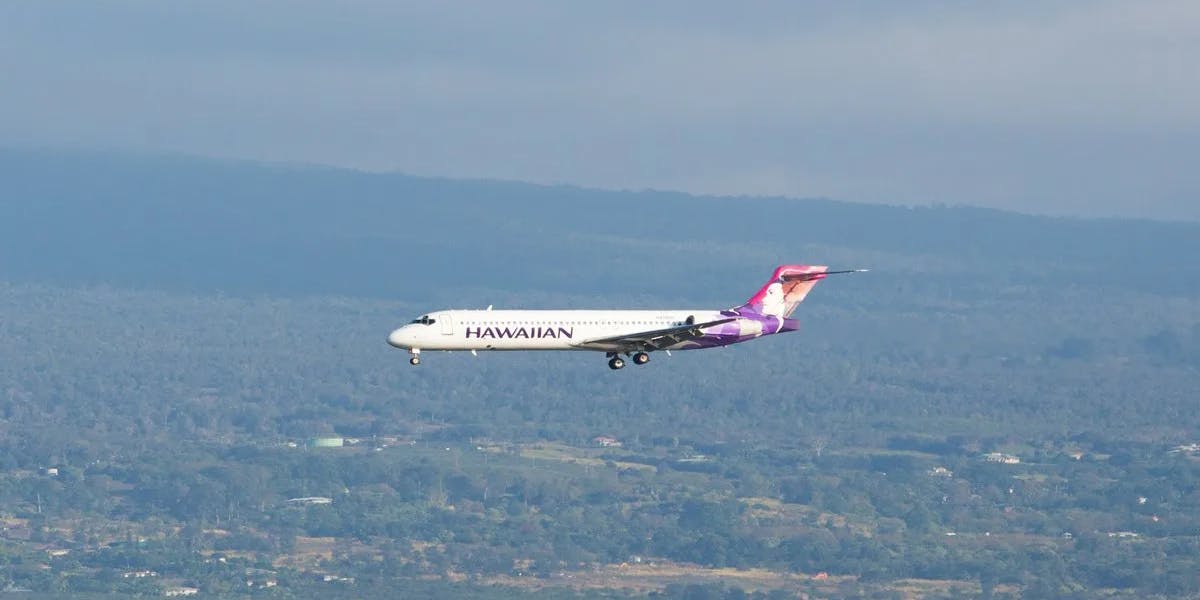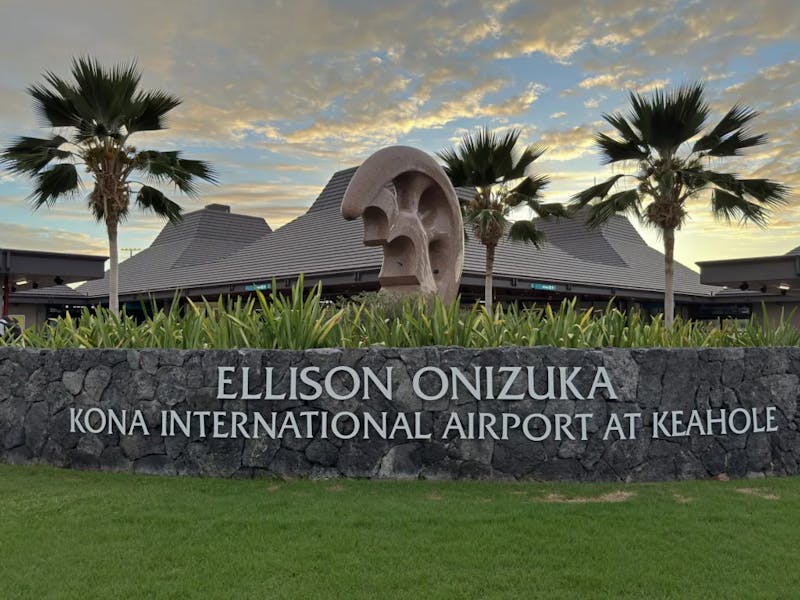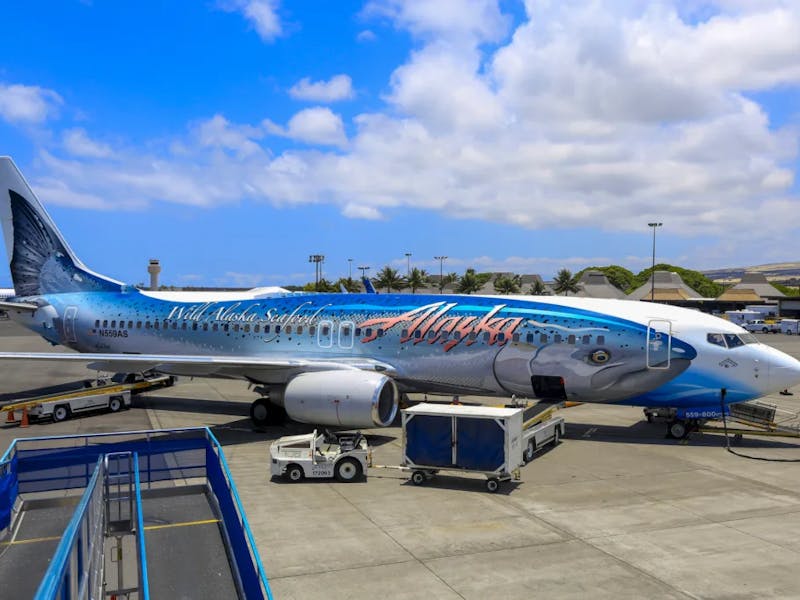Should You Fly Into Kona or Hilo on the Big Island?

If you’ve started researching a trip to Hawaiʻi Island—the Big Island—you’ve probably run into the question: should I fly into Kona (KOA) or Hilo (ITO)? On the surface, it might seem like a small detail, but it’s a decision that can shape your entire experience.
That’s because Kona and Hilo aren’t just two airports—they’re gateways to two very different sides of the same island. One side offers endless sunshine and resort living; the other thrives on rainforest energy and small-town charm. And while they’re only a few hours apart by car, the choice you make can affect your flights, budget, activities, and even how relaxed you feel once you arrive.
We’re going to break down both sides in detail, take a realistic look at the airlift challenges, and explore why some travelers choose to split their time between Kona and Hilo.

Kona International Airport (KOA) – West Side Entry
Kona International Airport is the busiest gateway to the Big Island and the most likely place you’ll land if you’re coming from the mainland United States. You’ll find more nonstops here than anywhere else on the island, especially from West Coast cities like Los Angeles, San Francisco, Seattle, Portland, and San Diego. Seasonal routes from places like Chicago and Denver also pop up.
Why Kona works for many travelers:
- Flight availability and price: The sheer number of flights keeps prices competitive and schedules more flexible.
- Weather consistency: The Kona coast is one of the driest places in Hawaii, with sunshine dominating the forecast almost year-round.
- Tourist-friendly setup: The area around Kailua-Kona is loaded with hotels, resorts, vacation rentals, shops, and restaurants—many within 15–30 minutes of the airport.
- Nearby attractions: You’re close to world-class snorkeling at Kealakekua Bay, historical sites like Puʻuhonua o Hōnaunau, coffee farm tours, manta ray night dives, and some of the island’s best beaches.
Things to keep in mind:
- Crowds and resort prices: More visitors mean higher demand, especially during winter and summer breaks.
- Traffic: The single main road along the coast can get backed up during peak times.
- If your Hawaii trip vision includes beach days, snorkeling, evening cocktails, and short drives to attractions, Kona is the clear winner.

Hilo International Airport (ITO) – East Side Alternative
Hilo International is smaller, quieter, and less connected to the mainland. Most mainland travelers connect here via Honolulu, though some seasonal routes from California have been available in the past. It’s not as convenient for many itineraries—but it’s perfect for certain travelers.
Why Hilo might be your sweet spot:
- Volcano proximity: You’re under an hour from Hawaiʻi Volcanoes National Park. Watching lava flows (when active), hiking across craters, and stargazing from Mauna Loa are far easier from this side.
- Lush landscapes: Hilo gets a lot of rain, which means it’s surrounded by waterfalls, botanical gardens, and deep green valleys.
- Authentic Hawaii town feel: Hilo is a working Hawaiian town with a local rhythm. Farmers markets, small mom-and-pop shops, and plate lunch counters give it a different flavor from resort-driven Kona.
Trade-offs with Hilo:
- Limited airlift: Fewer flights can mean higher prices or more complicated connections.
- Rainy climate: Hilo’s charm is its lushness—but that comes with frequent showers. If you’re expecting endless beach days, you might be disappointed.
- Hilo shines for travelers who value nature, culture, and a quieter, slower pace.

Airlift Challenges – Why Hilo Flights Can Be Tricky
Let’s talk about the elephant in the room: flying in or out of Hilo isn’t always easy.
Fewer direct routes: While Kona might have multiple daily nonstops from major cities, Hilo often requires a connection through Honolulu. That adds time, increases the risk of missed connections, and can sometimes push up the price.
Limited interisland service: Hawaiian Airlines and Southwest both operate interisland flights, but Hilo’s schedules aren’t as frequent as Honolulu or Kona. You’ll want to book early, especially during busy travel seasons.
Mainland departures from Hilo: If you’re flying home to the mainland from Hilo, you may find your options limited to early-morning departures or routes that require an overnight in Honolulu. For many travelers, this is a deciding factor in where they end their trip.
Why it Works Well
Minimizes long drives: Instead of making repeated 2-3 hour drives to explore the opposite side, you can settle in and explore each area in depth.
Flexible departures: If your flights work out, you can fly into one side and out of the other, saving travel time.
Weather Matters
Kona side weather: Dry, warm, sunny—ideal for water activities and sunsets. Afternoon clouds can roll in, but they rarely spoil the day.
Hilo side weather: Wet, cool, tropical—perfect for gardens, waterfalls, and cooler hikes. Always pack a light rain jacket.
If you’re sensitive to rain, you might prefer basing in Kona and visiting Hilo on day trips. If you love the smell of wet earth and the feel of mist in the air, Hilo is paradise.
Final Word on the Kona vs Hilo Choice
If you want ease of travel, reliable weather, and resort life, Kona’s your best entry point. If you want to immerse yourself in lush landscapes and volcanic energy, Hilo offers that immediately. And if you’ve got time, splitting your stay is the ideal way to experience both sides without rushing.
The Big Island’s magic isn’t found in ticking off a checklist—it’s in giving yourself the space to let each side’s personality sink in. Whether your first view is a Kona sunset or Hilo’s misty mornings, you’ll leave with a better sense of just how much variety one island can hold.